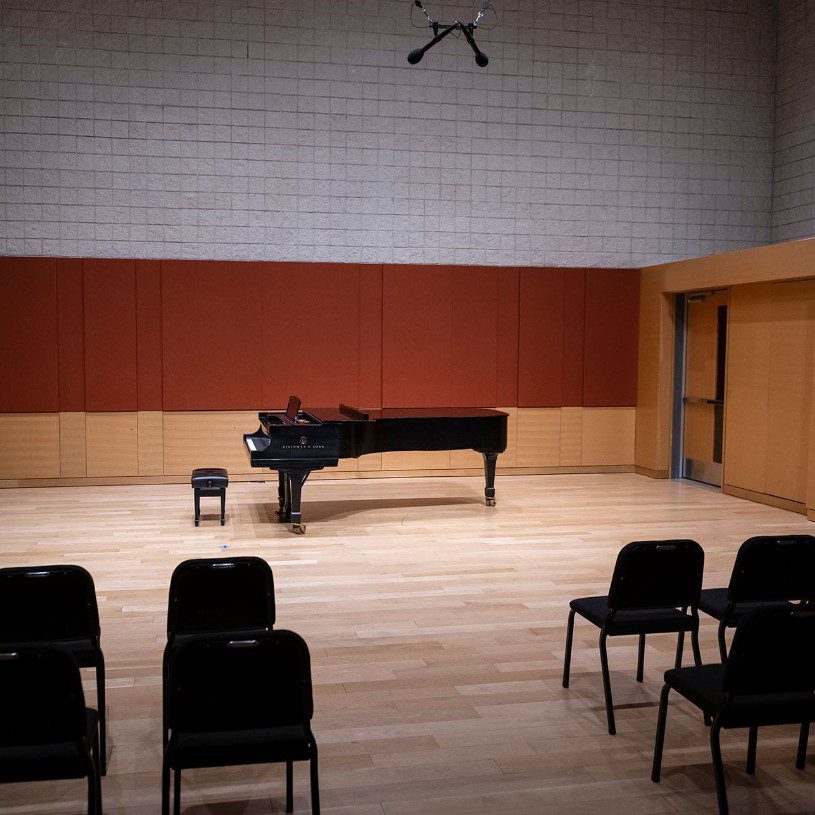Recital: Ga-Young Park '25 DMA, Collaborative Piano
Burnes hall


Ga-Young Park ‘25 DMA studies Collaborative Piano with Cameron Stowe.
The live stream of this event is available to NEC Community members only. To watch the stream, please click the “Streaming Access” button at the top of the page and enter the NEC Community streaming password on the video window labeled “NEC-Produced Stream” when prompted.
Artist(s)
Nicholas Ottersberg Enriquez, baritone
Mara Riley, soprano
Josie Larsen, soprano
I. Searching: Wann werd’ich gestillt?
When shall I be stilled?
Schubert: Der Wanderer, D. 489
Schumann: Sehnsucht, op. 51 no. 1
Wolf: Im Frühling
Rachmaninoff: Как мне больно, op. 21 no. 12
II. Hoping: Восходят звездочки безшумною толпой
A silent throng of little stars appears
Blitzstein: I wish it so
Rachmaninoff: Сумерки, op. 21 no. 3
Wolf: Er ist's
Wolf: Auf einer Wanderung
Rachmaninoff: Здесь хорошо, op. 21 no. 7
Wolf: Neue Liebe
III. Singing: Dann vor diesen Liedern weichet was geschieden uns so weit
With these songs, the distance that parted us shall recede
Beethoven: An die ferne Geliebte, op. 98

